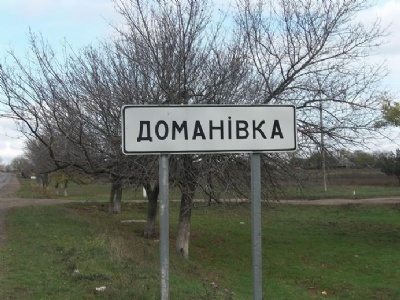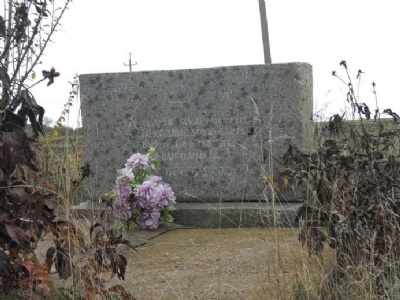Domanevka
About 150 kilometres northeast of Odessa lies a small town called Domanevka. There a camp was set up on the orders of Golta district governor, Modest Isopescu. The camp was under Romanian jurisdiction. Between November 1941 and January 1942, about 20,000 ukrainian and bessarabic Jews were deported to Domanevka. In 1941, Isopescu ordered the killing of the camp’s Jews. In February 1942, Ukrainian volunteers and ethnic Germans began systematically shooting Jews in groups of 500 at a time. The murders took place a little bit outside the city. About 2,000 Jews were spared and used as slave labor. But the majority of them died due to diseases, hunger and cold. The Jews were housed in dilapidated horse stables, pig sties and other dilapidated buildings. In spring 1942, Jewish prisoners were forced to cremate the corpses of those murdered earlier in the year. At the end of 1942, the remaining 1,000 Jews were sent to Akhmetchetka camp, and eventually murdered. When Domanevka was liberated by the Soviet Red army in March 1944, only about 500 Jews (mostly romanian) were still alive.
Current status: Monument (2009).
Location: 47°37'25.89"N 30°58'26.90"E
Get there: Car.
Follow up in books: Arad, Yitzhak: Holocaust in the Soviet union (2009).


The monument is located next to a cemetery and is difficult to find if you do not know where to look. There is no sign post, road or anything else that could possibly be a sign that there is a monument nearby. Also, do not expect anyone to speak any language other than Russian or Ukrainian. It took about two hours for my Russian-speaking guides (three of them) to find someone who knew where the monument was. There are plenty of such hidden and more or less forgotten monuments in Eastern Europe and nothing unique to Domanevka.